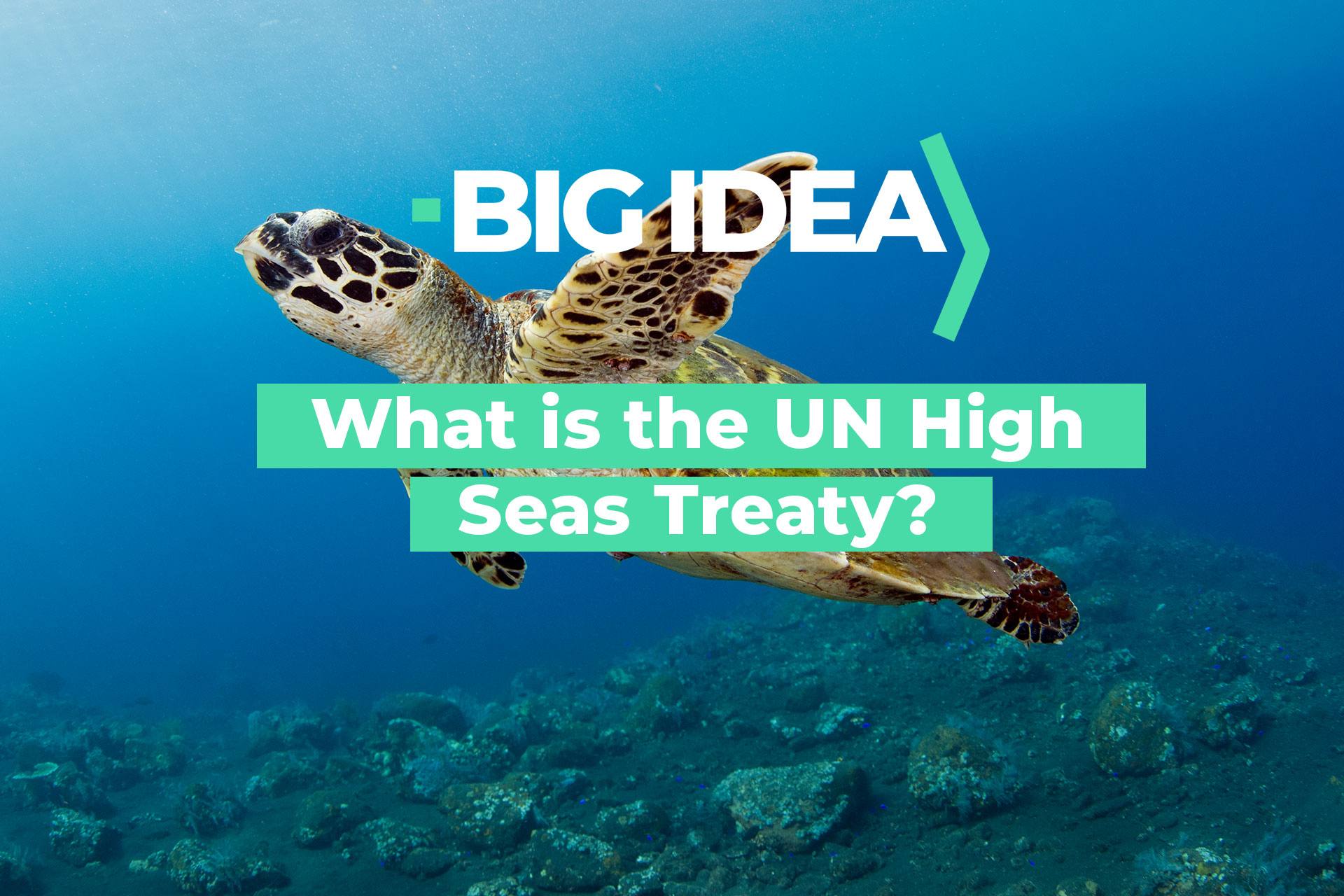What is the UN High Seas Treaty?
What is the UN High Seas Treaty?
Introducing the High Seas Treaty: A Breakthrough for Our Oceans and Our Planet
Our oceans are facing unprecedented challenges from climate change, pollution, and biodiversity loss. The health and well-being of these vast marine ecosystems have a direct impact on our lives and the planet as a whole. Recognizing the urgency of these issues, the United Nations has just achieved a groundbreaking milestone by finalizing the “High Seas Treaty,” a global legal framework that aims to conserve and sustainably use marine biological diversity in areas beyond national jurisdictions. This breakthrough agreement is the result of nearly two decades of negotiations and represents a significant step toward protecting our oceans for future generations.
Now, let’s dive deeper into the details of the High Seas Treaty and why it’s such a monumental development:
The United Nations has just finalised the “High Seas Treaty” after nearly two decades of negotiations.
This groundbreaking agreement aims to ensure the conservation and sustainable use of marine biological diversity in areas beyond national jurisdictions. Stay tuned for more on this monumental development!
So, what exactly is the High Seas Treaty?
It’s a global legal framework designed to increase funding for marine conservation while regulating access to and use of marine genetic resources. This important step will help protect our oceans and the precious biodiversity they harbour for generations to come.
Secretary-General António Guterres praised this historic agreement as a victory for multilateralism.
He emphasised its crucial role in addressing the triple planetary crisis: climate change, biodiversity loss, and pollution. Our ocean’s health has never been more important, and this treaty shows that the world is ready to take action.
The High Seas Treaty goes beyond protecting our oceans; it also supports the ambitious goals set forth in the 2030 Agenda for Sustainable Development and the Kunming-Montreal Global Biodiversity Framework.
This means that the treaty will play a vital role in preserving our planet’s lands, inland waters, and marine and coastal areas.
The foundation of this treaty builds upon the legacy of the United Nations Convention on the Law of the Sea (UNCLOS). Negotiations for the treaty, led by Ambassador Rena Lee, began in 2004 under the Intergovernmental Conference on Marine Biodiversity of Areas Beyond National Jurisdiction (BBNJ).
The development of the High Seas Treaty has been a collaborative effort.
Non-governmental organisations, civil society, academic institutions, and the scientific community all played a vital role in shaping this agreement. Their invaluable support will help secure a healthier, more resilient, and more productive ocean for current and future generations.
Csaba Kőrösi, President of the 77th session of the UN General Assembly, lauded the treaty as a massive success for multilateralism and a shining example of the transformation our world needs.
The High Seas Treaty demonstrates what we can achieve when we come together to protect our planet and its invaluable resources.

